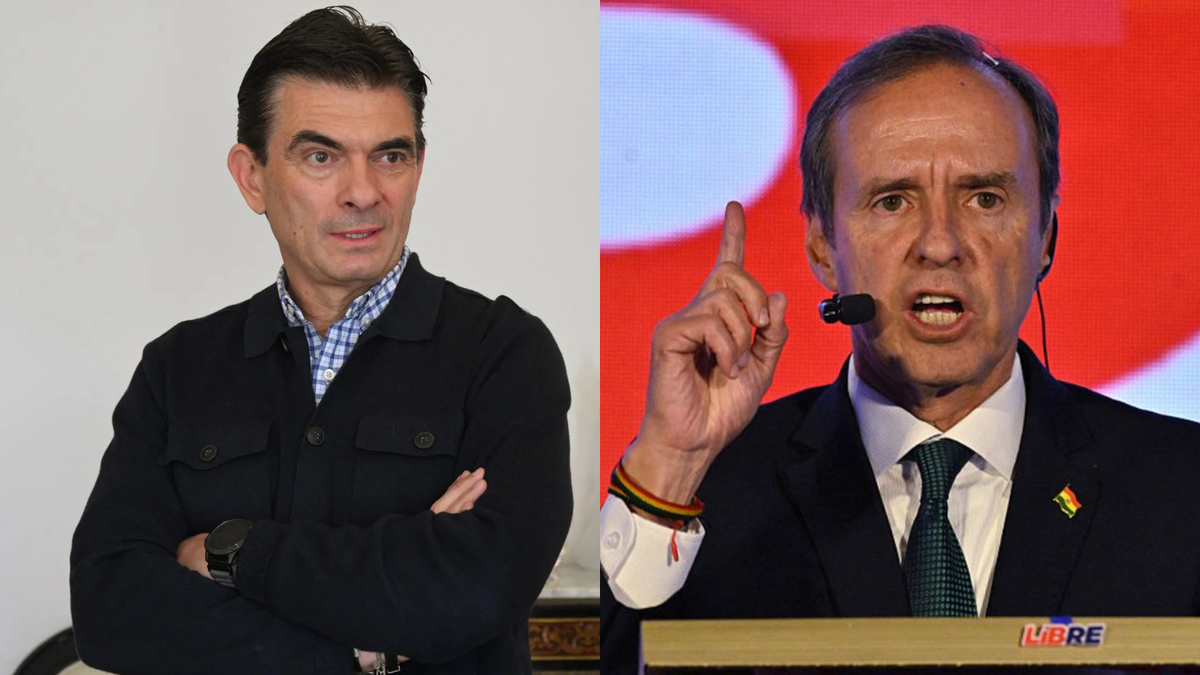Dangerous thirst quenchers
Soft drinks increase the risk of diabetes
Copy the current link
Sweet risk factor: According to a study, millions of cases of diabetes 2 and cardiovascular diseases worldwide are caused by soft drinks every year.
2.2 million new cases of type 2 diabetes and 1.2 million new cases of cardiovascular disease worldwide could be attributed to the consumption of soda, energy drinks and other sugar-sweetened beverages in 2020, according to a study. At least that’s what an international research group reports in the journal “Nature Medicine”.
A glass of Cola (250 ml) contains almost 27 grams of sugar: That’s equivalent to almost nine sugar cubes. Energy drinks, fruit drinks and other soft drinks can also be sugar bombs – but according to the study, more and more people are turning to such drinks, especially in Latin America and Africa.
Not suitable as a thirst quencher
It is well known that drinks sweetened with sugar are not good for your health. The German Society for Nutrition writes that these are not suitable as thirst quenchers: “They contain a lot of sugar (around 80 – 100 g per liter) and therefore provide a lot of calories.”
The research group led by Laura Lara-Castor from Tufts University in the US has now calculated the health consequences of consuming sugary drinks with a view to type 2 diabetes and cardiovascular diseases.
Lots of advertising in low and middle income countries
To do this, the team analyzed data from the Global Dietary Database: This database contains estimates of sugar-sweetened beverage consumption based on dietary surveys as well as data on obesity and diabetes rates. The scientists used figures from 1990 to 2020 and combined the data sets for 184 countries to calculate the probability of a connection between the two factors.
According to this, 2.2 million new cases of type 2 diabetes and 1.2 million new cases of cardiovascular disease worldwide were caused by sugar-sweetened drinks in 2020. That would be one in ten new cases of type 2 diabetes and one in thirty new cases of cardiovascular disease.
The study accounted for the largest proportion in sub-Saharan Africa, Latin America and the Caribbean. In terms of individual countries, Colombia, Mexico and South Africa are particularly affected. It is said that the more countries developed and incomes rose, the more accessible and desirable sugary drinks became.
More thirst for sweet drinks
For Germany, the study sees only a slight increase in diabetes deaths per million inhabitants between 1990 and 2020 compared to other countries, which can be attributed to the consumption of sugar-sweetened drinks. Deaths from cardiovascular diseases are even declining, as is the case in the USA and Great Britain.
According to the researchers’ data, almost 650 milliliters – or two large glasses – of such drinks were consumed weekly in this country in 2020. This puts Germany pretty much in the middle of the list of the 30 most populous countries examined – although figures from the Non-Alcoholic Drinks Association (wafg) from 2023 suggest that the consumption of soft drinks in this country has increased again.
Call for a “soda tax” to reduce diabetes
As the authors themselves write, their estimates are based on the best available data and reasonable assumptions, but cannot provide evidence of cause and effect. In addition, the data situation for some countries is incomplete.
The research team also emphasizes that sugary drinks are digested quickly and increase blood sugar levels without having any nutritional value. Regular consumption leads to weight gain, insulin resistance and various metabolic problems that are linked to type 2 diabetes and heart disease, two of the leading causes of death worldwide.
The scientists are calling for, among other things, health campaigns, stricter rules for advertising such drinks and tax measures. There is already a “soda tax” in many countries, including Great Britain since 2018: This is based on the threshold of five grams of sugar per 100 milliliters. Manufacturers then have to pay 18 pence (21 cents) per liter; if there are 8 grams of sugar or more per 100 milliliters, 24 pence (28 cents) per liter is due.
Since then, not only has consumption declined – manufacturers have also reduced the sugar content. In this country too, consumer advocates and health experts regularly call for such a tax – so far without success.
DPA
km
Source: Stern
I’m Caroline, a journalist and author for 24 Hours Worlds. I specialize in health-related news and stories, bringing real-world impact to readers across the globe. With my experience in journalism and writing in both print and online formats, I strive to provide reliable information that resonates with audiences from all walks of life.





